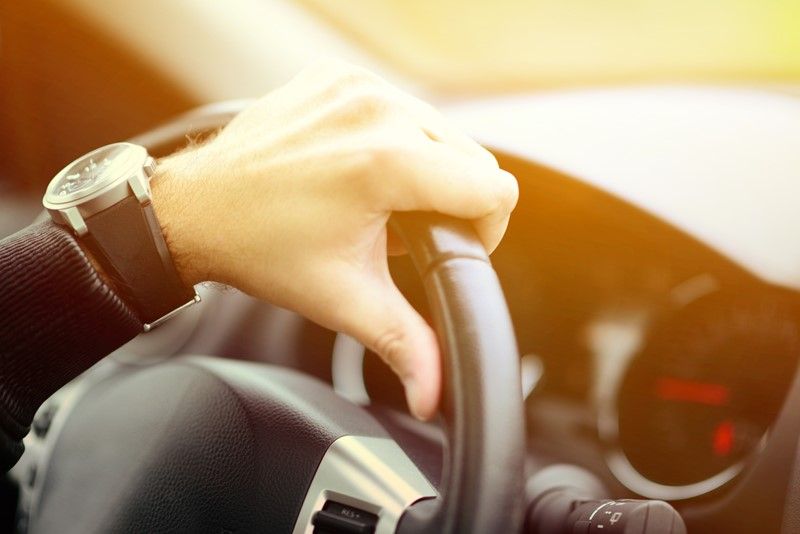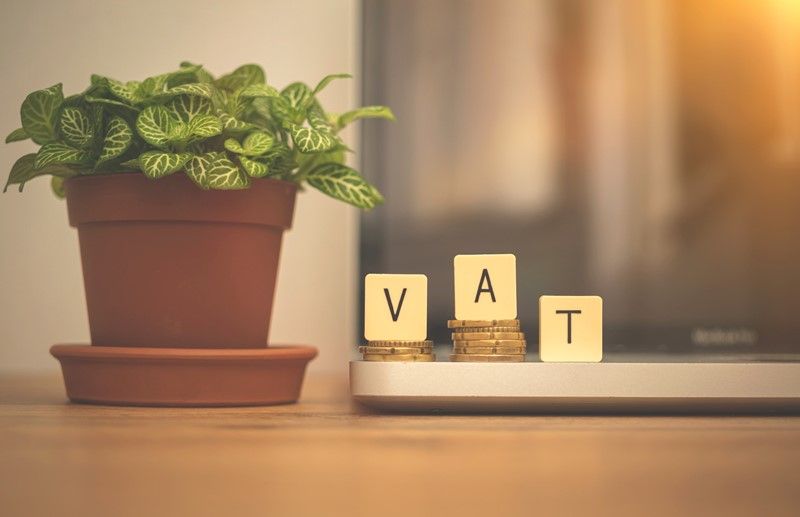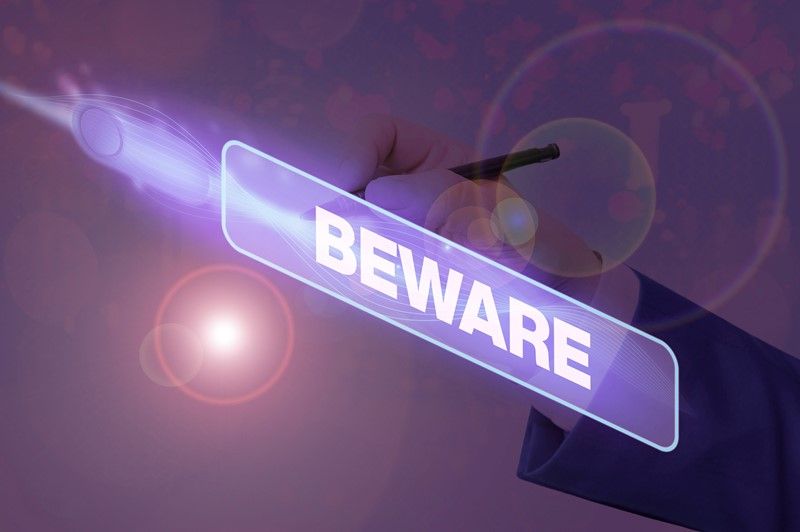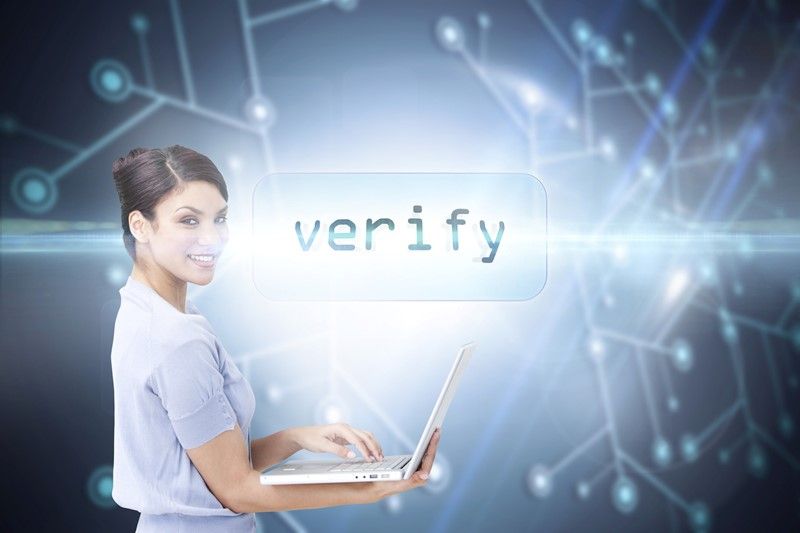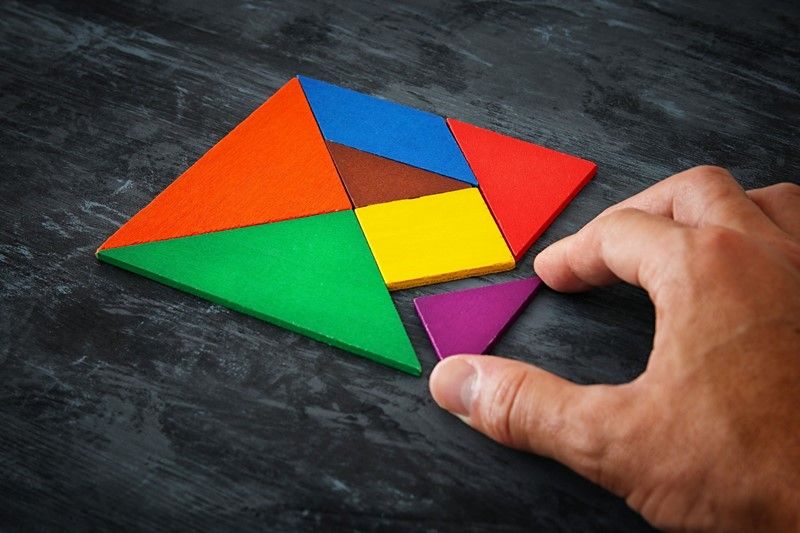Taxable benefits for use of company car
The tax you pay on the use of a company car depends largely on its CO2 emissions, so choosing a lower emission or electric vehicle can make a significant difference to your overall tax cost.
The benefits in kind (BIK) tax on company cars can be quite significant, with taxable rates ranging from 3% to 37% of the car’s list price when new. The rate depends on various factors, primarily the car’s CO2 emissions and fuel type. For instance, a petrol fuelled car emitting 155 g/km of CO2 or more would be taxed at the highest rate of 37% of its original list price. In contrast, an electric car with a range of 130 miles or more could benefit from the lowest rate of just 3%, significantly reducing the taxable benefit.
This creates a strong incentive for those driving company cars to switch to electric vehicles, as they would experience a noticeable reduction in their tax liability. This shift not only benefits the employees but also employers, who will see a decrease in Class 1A National Insurance contributions. These contributions are based on the total value of benefits provided in a tax year, so switching to electric vehicles helps lower overall costs for the employer.
Diesel cars attract an additional 4% supplement if they do not meet the Real Driving Emissions 2 (RDE2) standard. However, the supplement is removed entirely for diesel vehicles that are RDE2 compliant. The maximum BIK rate, including any diesel supplement, remains capped at 37%.
The taxable benefit is typically calculated based on the car’s manufacturer’s list price, which includes VAT, delivery charges, and number plates. The price considered is the list price on the day before the car is first registered. Any additional accessories fitted to the car also increase the taxable value. There are some exceptions. Employees can also reduce the list price by up to £5,000 if they make a capital contribution towards the cost of the vehicle. Special rules apply to classic cars, which have their own method for calculating the list price.
